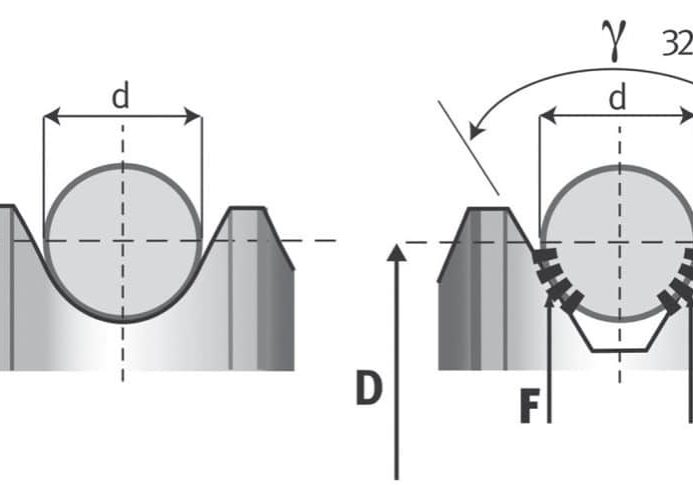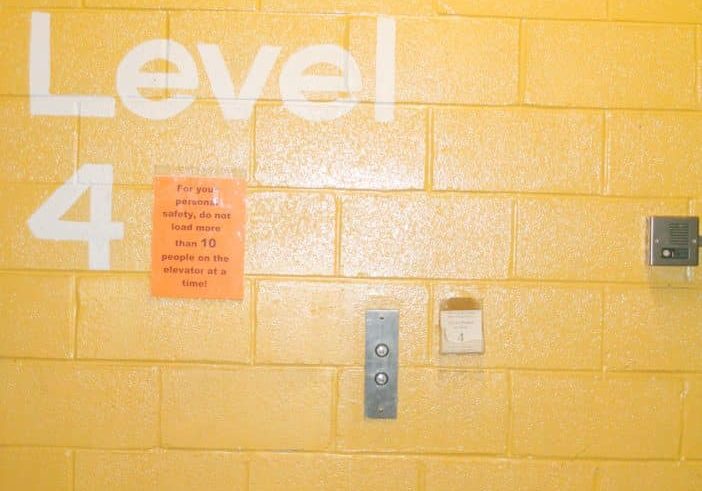“To improve is to change; to be perfect is to change often.” –Winston Churchill
But change is so hard! Most of us have to be prodded with a pitchfork to each new situation. ELEVATOR WORLD has seen a remarkable number of new situations in the past year, including a new format and new partnerships. Now, after many years of great editorial leadership, we are again tweaking the status quo. With this issue, I will be taking over some of the editor’s duties (on a temporary basis). Bob Caporale, who has served EW and the industry with great devotion for more than 20 years, is making time in his life for some other activities. He will be available to help us from the sidelines and consult regularly with EW. Bob will continue to cover many events for us in 2014, including all ASME A17 Standards Committee meetings, the International Association of Elevator Consultants Annual Forum in Denver and Elevcon Paris 2014. He will also assist us in forming an Editorial Review Board of industry experts – a nice legacy for our future. We are grateful to Bob for helping us on the journey to constant improvement.
Our cover story this month also deals with well-timed change. Four escalators were diverted from their intended destination in Spain to have a “one-night stand” in Paris. At the Louvre, Louis Vuitton’s Women’s Spring/Summer 2013 Fashion Show featured models performing ballet on and around these escalators. Meanwhile, the escalators, controlled remotely, had to change speed and direction to the performance music. This is a fascinating article on a one-of-a-kind installation with split-second timing.
April has become our annual Eco Issue, and energy efficiency is our own Focus Topic and the driving focus of the industry, as well. Rare is the company that doesn’t tout the savings available in its newest product. In his article, “How Efficient is ‘Energy Efficient?’” Luc Rivet notes that the soaring price of energy, due to the efforts at “decarbonating” human activities, has put energy efficiency at the top of the agenda for all firms selling equipment in the building sector, even though both hydraulic and traction elevators consume very little electricity. Nevertheless, many European manufacturers seek to improve standby periods with newly created “sleep” modes.
Building equipment is not the only opportunity for improved energy efficiency in the elevator industry. Draka Elevator Products, a division of Prysmian Group, has been manufacturing traveling cable in Rocky Mount, North Carolina, for more than 40 years, but it recently embarked on a goal of “lean, green and clean,” manufacturing for a 13% reduction in greenhouse-gas emissions. Eric Lazear outlines the process for EW in the article, “Draka’s E3 Pays Off.”
KONE opened a new office building in Moline, Illinois, last year built on an EPA-listed brownfield site beside the Mississippi River. KONE Centre received two separate Leadership in Energy & Environmental Design designations, and the roof of the parking deck contains the third-largest solar array in Illinois. Of course, the building utilizes KONE’s MonoSpace™ machine-room-less (MRL) elevators with regenerative drives. In the article “Calculating, Quantifying and Reporting ‘Green,’” Sascha Iqbal and Nikolay Minkov speak to the move by the International Organization for Standardization to quantify green elevators. The task of calculating an elevator’s lifecycle assessment into a usable document for those who manufacture elevators is quite complex, since it breaks down the equipment into all of its components – from raw materials to “end of life.”
Dr. Albert So kicks off a two-part article series titled “Energy Code Development” on how Hong Kong’s experiment in building efficiency resulted in a new code that includes elevators and escalators. So notes that when manufacturers wouldn’t respond to requests for data on maximum allowable electric power on lifts, he and a government engineer worked in secret to push the industry to respond. Practical and reliable values were soon received, and a code of practice was published in 2000.
Finally, ThyssenKrupp Elevator Americas introduced a new elevator in February, the endura MRL, a hydraulic elevator for low-rise situations. The endura MRL comes in three above-ground versions with twin jacks and one below-ground, single-jack version. All have small pits that contain the compact pump unit. In a sign of the times, this month’s U.S. News section is longer and fuller than our International News section, something that has not happened in a long while. New York projects alone fill a page and a half, with reports of new installations and developments starting up. Additionally, Reed Construction Data recently released its 2014 outlook for U.S. construction, noting that construction growth will spread throughout 80% of the country. Europe, too, is working its way out of recession. And, according to Daniel Safarik and Antony Wood of the Council on Tall Buildings and Urban Habitat, in their article “Year in Review: Tall Trends of 2013,” tall building completions are on the upswing again around the world. Everything is pointing to progress. Will it ever be as good as it was in the heyday of speculative construction? Probably not – and that’s a good thing. It’s better to have steady “change” we can bank on.
Get more of Elevator World. Sign up for our free e-newsletter.









